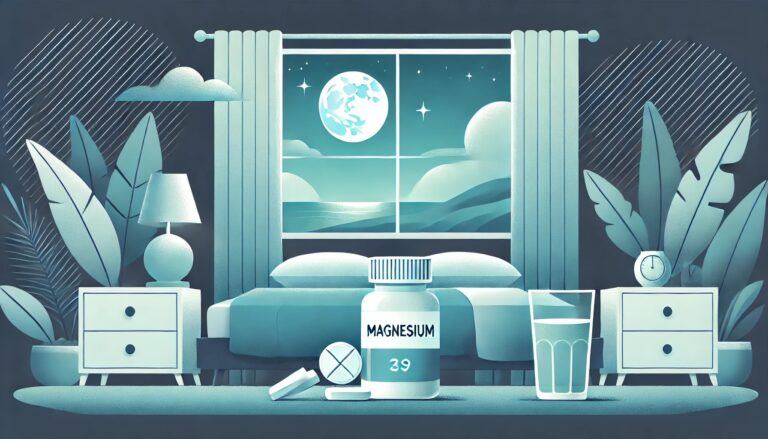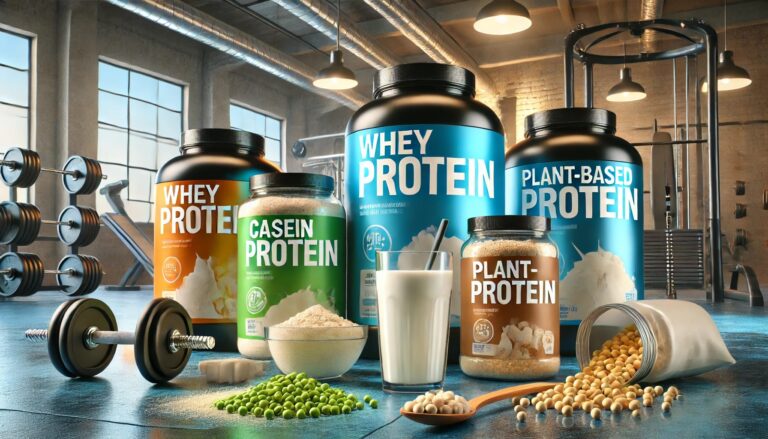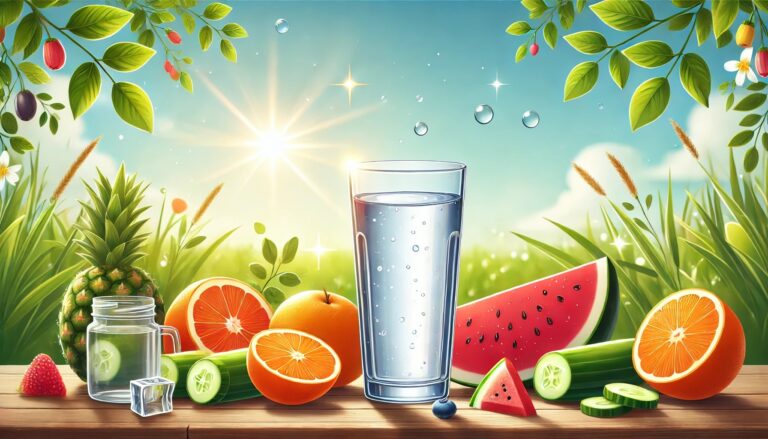Vitamin D, also known as the “sunshine vitamin,” is essential for keeping your bones healthy and strong. This fat-soluble vitamin plays a key role in calcium absorption, bone formation, and preventing bone loss. In addition to its impact on bones, vitamin D supports muscle function, boosts immunity, and helps prevent chronic diseases.
With modern lifestyles limiting sun exposure and dietary sources of vitamin D being relatively few, vitamin D deficiency has become a common issue worldwide. This article will explain the relationship between vitamin D and bone health, symptoms of deficiency, and how to boost your vitamin D levels naturally and effectively.
Why Vitamin D is Essential for Bone Health
Vitamin D plays a central role in maintaining bone health by aiding calcium absorption, strengthening bones, and reducing the risk of fractures. Here’s how it works:
How Vitamin D Supports Bone Health
1. Helps Absorb Calcium and Phosphorus
Vitamin D allows your body to absorb calcium and phosphorus more efficiently. These minerals are essential for building and maintaining strong bones.
2. Improves Bone Strength
Vitamin D promotes the deposition of calcium and phosphorus into your bones, which increases bone density and resilience.
3. Prevents Bone Loss
As we age, bones naturally lose density. Vitamin D reduces this loss by regulating bone turnover and supporting the cells responsible for bone formation.
Consequences of Vitamin D Deficiency
• In Children: A lack of vitamin D can lead to rickets, causing soft, weak bones and skeletal deformities.
• In Adults: It can result in osteomalacia, characterized by bone pain and muscle weakness.
• In Older Adults: Vitamin D deficiency increases the risk of osteoporosis, making bones fragile and more prone to fractures.
What Causes Vitamin D Deficiency?
Vitamin D deficiency is surprisingly common, even in sunny climates. Several factors can contribute to low levels:
1. Not Enough Sun Exposure
Your skin produces vitamin D when exposed to sunlight, specifically UVB rays. Spending most of your time indoors, using sunscreen, or living in areas with limited sunlight can hinder vitamin D production.
2. Poor Dietary Intake
Foods rich in vitamin D are limited, especially if you follow a vegetarian or dairy-free diet.
3. Age-Related Decline
As you age, your skin becomes less efficient at producing vitamin D from sunlight.
4. Chronic Conditions
Diseases like liver or kidney disorders, as well as gastrointestinal conditions that impair nutrient absorption, can lower vitamin D levels.
5. Certain Medications
Long-term use of some medications, such as anticonvulsants or steroids, may interfere with vitamin D metabolism.
Signs and Symptoms of Vitamin D Deficiency
Vitamin D deficiency often develops slowly, making symptoms easy to overlook. Common signs include:
• Persistent fatigue or low energy.
• Bone or muscle pain.
• Weakness or frequent falls.
• Increased risk of fractures, especially in older adults.
• Slow recovery from injuries.
If left untreated, vitamin D deficiency can lead to more serious conditions like osteoporosis, rickets, or chronic bone pain.
How to Increase Vitamin D Levels
The good news is that vitamin D levels can be improved through a combination of diet, sunlight, and supplements.
1. Get More Sunlight
• Spend 15–30 minutes in the sun daily, especially during mid-morning or early afternoon.
• Expose your skin to sunlight without sunscreen (but avoid prolonged exposure to reduce the risk of sunburn).
• People with darker skin may need more time in the sun to produce adequate vitamin D.
2. Eat Vitamin D-Rich Foods
While sunlight is the primary source of vitamin D, certain foods can also help boost your intake:
• Fatty Fish: Salmon, mackerel, and sardines are excellent sources.
• Egg Yolks: Eggs contain a small but helpful amount of vitamin D.
• Fortified Foods: Many milk alternatives, breakfast cereals, and orange juices are fortified with vitamin D.
• Mushrooms: Some mushrooms exposed to UV light are a plant-based source of vitamin D.
3. Take Supplements
For those who cannot get enough vitamin D from sunlight or food, supplements are an effective option. Vitamin D2 (from plants) and D3 (from animals) are both available, but D3 is generally more effective.
• Recommended Daily Intake:
• Children: 400–600 IU
• Adults: 600–800 IU
• Seniors: 800–1,000 IU
How Vitamin D Works with Other Nutrients
Vitamin D doesn’t work alone—it relies on other nutrients to maximize its benefits for bone health:
• Calcium: Vitamin D helps your body absorb calcium, which is the primary building block of bones.
• Magnesium: This mineral is essential for activating vitamin D in the body.
• Vitamin K2: Vitamin K2 ensures that calcium goes into your bones rather than being deposited in arteries or soft tissues.
Who Needs Extra Vitamin D?
Certain groups are at higher risk of vitamin D deficiency and may need extra attention to maintain adequate levels:
• Children and Teenagers: Growing bodies need more vitamin D for healthy bone development.
• Pregnant and Breastfeeding Women: Vitamin D supports both maternal health and the baby’s bone development.
• Older Adults: Reduced skin synthesis and dietary intake make supplementation especially important.
• People with Darker Skin: Higher melanin levels reduce the skin’s ability to produce vitamin D.
• Individuals with Limited Sun Exposure: Office workers, night-shift workers, or those who live in high-latitude areas often need supplements.
Build Strong Bones with Vitamin D
Vitamin D is a cornerstone of bone health. It promotes calcium absorption, strengthens bones, and prevents conditions like osteoporosis. Maintaining adequate levels of vitamin D is crucial for people of all ages, from growing children to older adults.
The best way to support your vitamin D levels is by combining sunlight exposure, a balanced diet rich in vitamin D, and supplements if necessary. Start paying attention to your vitamin D intake today to build stronger bones and a healthier future!



















